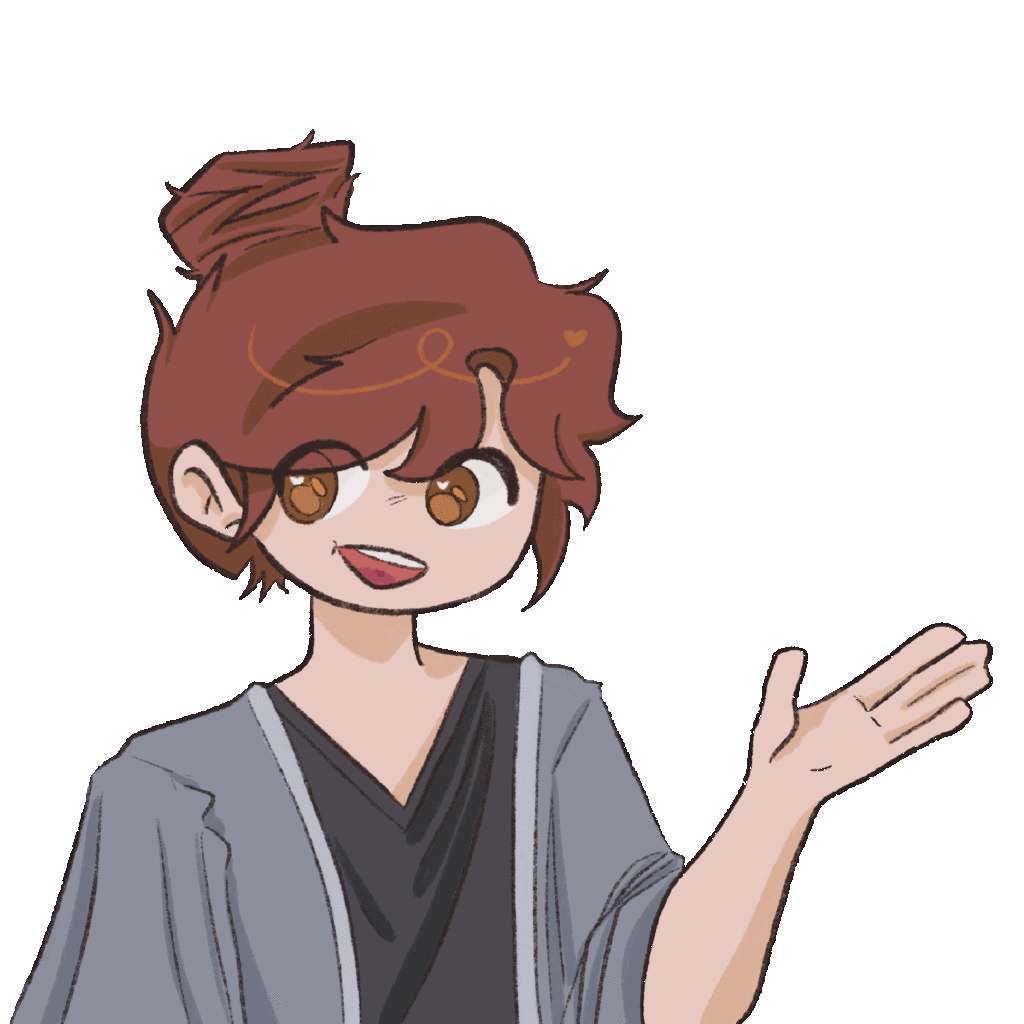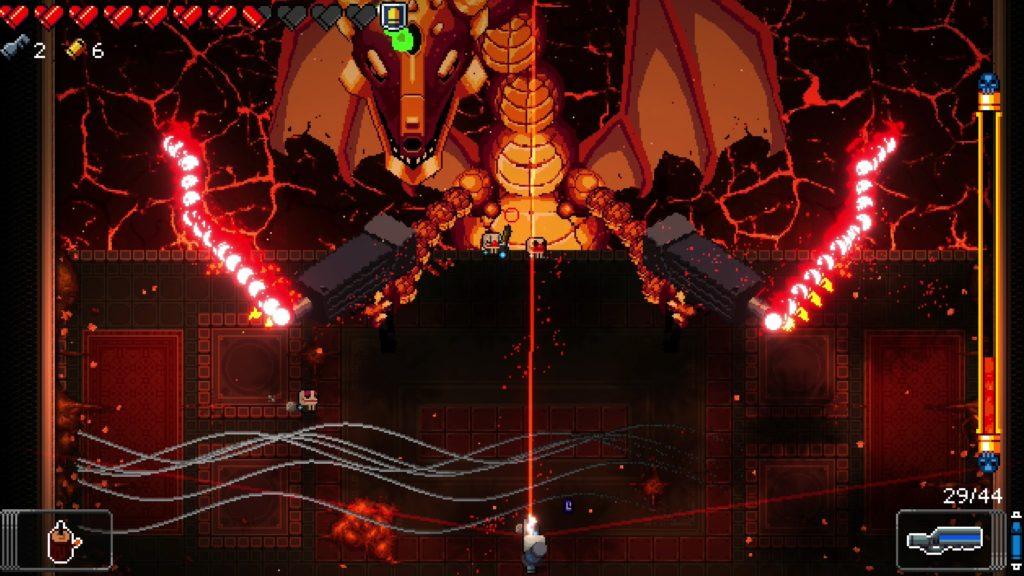P2 has been one of the most valuable game design projects I’ve undertaken to date. Completing P2 has changed the way I think about interactive fiction, narrative in games, and my own identity as a designer.
Before working on this project, I pictured IF only as “choose-your-own-adventure”-style stories. For me, the phrase “interactive fiction” conjured up images of long paragraphs of text, occasionally interspersed with clickable links to take you down one path or the other. I think this image came from my over-exposure to choose-your-own-adventure books as a kid; The Animorphs and Goosebumps ones in particular were a feature of my leisure reading in elementary school. However, this project showed me how diverse the IF genre truly is. While I was familiar with parser games and adventure games (both text-based and graphical), I hadn’t considered them related to the text-based html games I thought were emblematic of IF. Seeing the breadth of games out there, and the ways that IF authors continue to innovate and re-invent, gave me a new respect for and excitement about IF.
I also thought of IF as containing literally only text content. I hadn’t considered the possibility of integrating visuals, sounds, or more complex interaction into IF games. Even then, purely text-based mediums still allow for lots of interesting visual choices. How text is spaced, choices of font, background and text color, deciding when to bold or italicize text – these all have huge impacts on the experience of the game. Realizing the richness of the genre made me want to find interesting ways to push at its boundaries. I was really proud of my integration of timers and real-time interaction into my IF game. I was hoping to put a twist on the IF formula, and I think that drive allowed me to make something really unique.
I feel like this project helped me clarify my identity as a game designer. I have learned that I really like playing with genre and innovating on traditional tropes. In retrospect, I see that many of my past ideas have aimed at reinvention and reinterpretation. Going forward, I expect that understanding where my drive lies as a game designer will help me approach new projects with clearer direction and will help make my future games feel far more purposeful.



